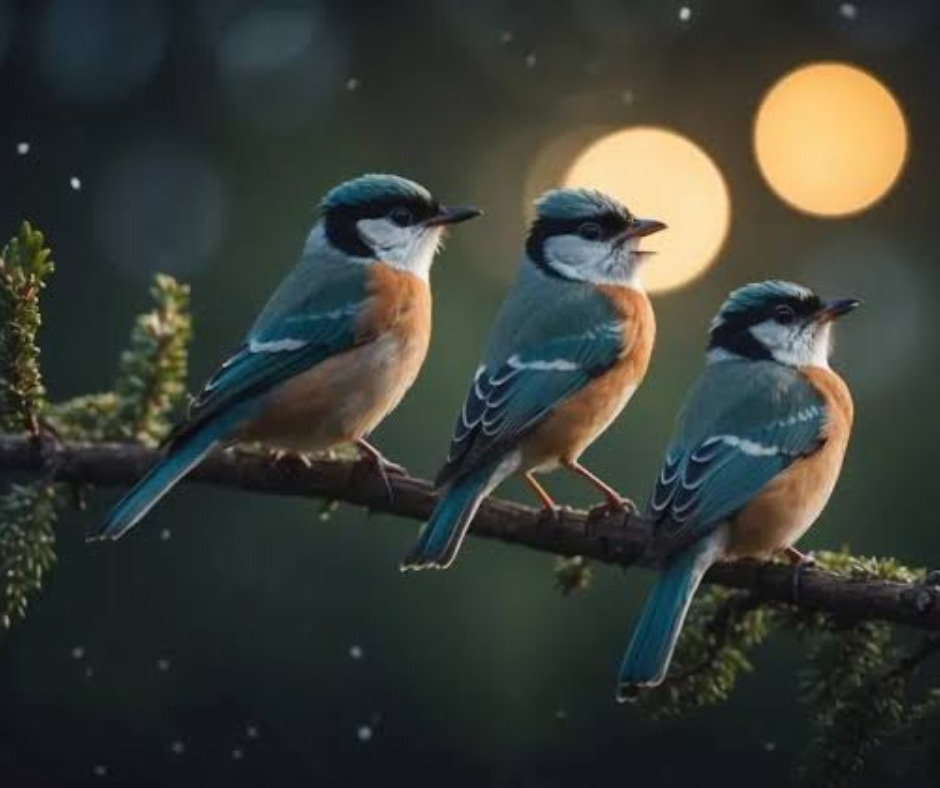Light pollution is artificially extending the day for birds, increasing their singing hours. This disrupts their sleep, migration, and reproduction. Learn how light pollution is changing bird life and what we can do to prevent it.

Q1. How does light pollution affect the natural behavior of birds?
Ans:👉 It disrupts their balance of day and night, making them stay active for longer hours.
Q2. Why do birds sing for longer hours under light pollution?
Ans: 👉 Because artificial lights make them believe that the sun is still up, so they keep singing and communicating.
Q3. Why is having longer days harmful for birds?
Ans: 👉 It disturbs their sleep patterns, increases fatigue and stress, and can affect their breeding cycles.
Q4. Do all birds experience the same impact of light pollution?
Ans:👉 No, urban birds are more affected, while those living in rural or forested areas are less impacted.
Q5. What problems can occur if birds sing continuously for longer hours?
Ans:👉 It drains their energy and makes them easier for predators to locate.
Q6. How does light pollution affect bird migration?
Ans:👉 Artificial lighting confuses their ability to navigate, often leading them off-course.
Q7. What should humans do to reduce this problem?
Ans:👉 Use controlled street lighting, adopt “dark sky” initiatives, and avoid excessive artificial lighting.
Q8. How do scientists track changes in bird singing habits?
Ans:👉 By using sound recording devices and smart sensors to measure singing times and patterns.
Q9. Can this change affect birds’ reproduction?
Ans:👉 Yes, extended singing hours alter their mate attraction patterns, which may reduce breeding success.
Q10. Is solving light pollution only possible through technology?
Ans:👉 No, it also requires social awareness and adopting responsible lighting practices.
🤔 Conclusion :- Light pollution is not just a concern for humans but also a serious threat to the natural rhythm and well-being of birds. Artificial lighting disrupts their biological clock, affecting essential behaviors like singing, migration, and reproduction.